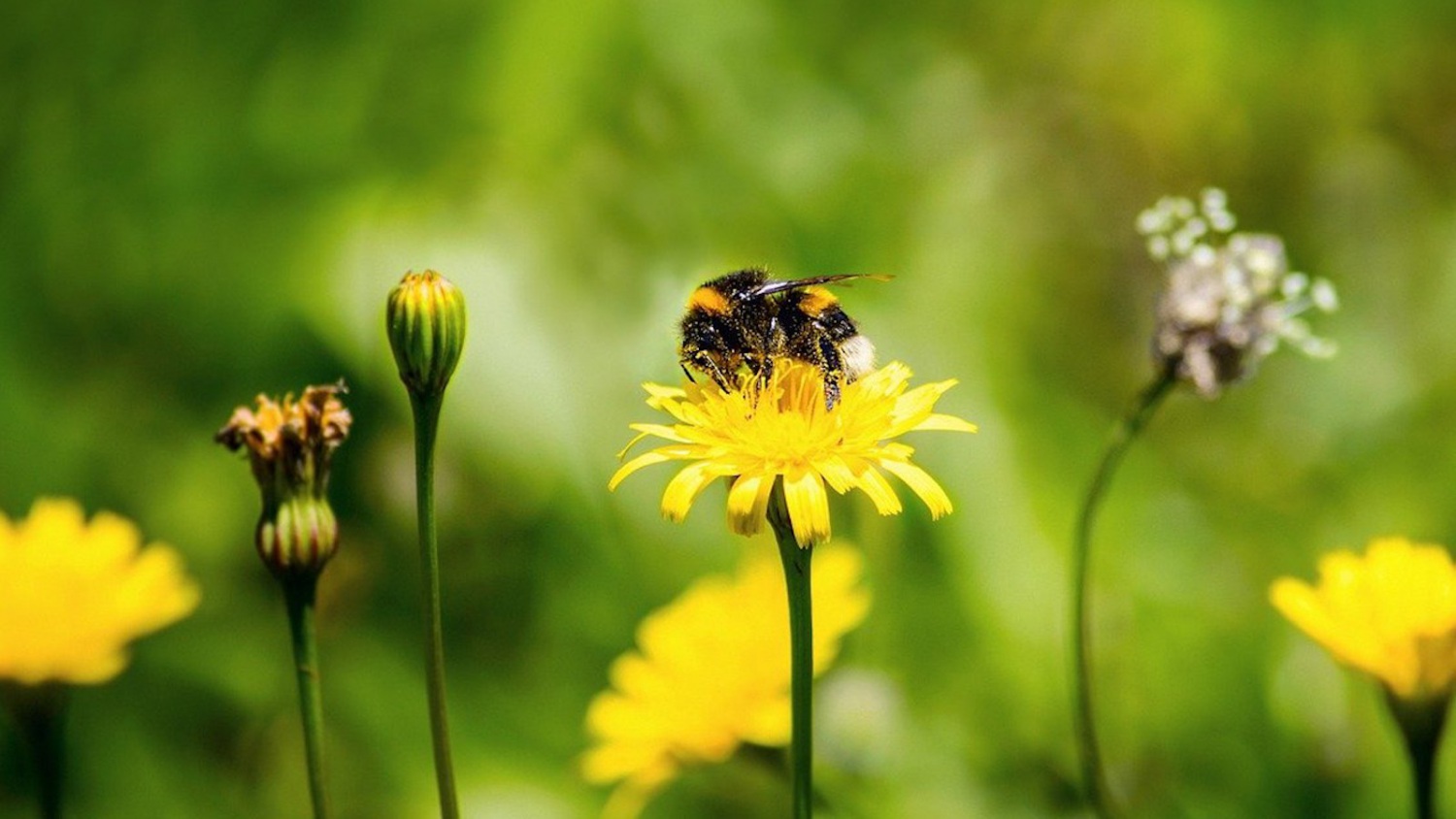
Tell Amazon: Don’t sell products with bee-killing pesticides
It can be easy to make a difference for pollinators in your own backyard. Here are some things you can do to help bees survive until spring.
SIGN THE PETITION
Leaves are falling, the weather is getting cold, and it’s time to prepare your lawn and garden for winter. You probably aren’t seeing as many bees and butterflies at this time of year — but protecting pollinators is something you can do year-round, not just while flowers are blooming.
Many species of bees, butterflies, moths and other insect pollinators are getting ready to hunker down and endure the winter’s cold. These hardy insects are strong survivors, but winter is harsh: the colder months can kill up to 75% of honeybee colonies.
Use these tips to help bees and other pollinators survive until spring. Whether you take one or all of these steps, you’ll make a real difference for pollinators in your own backyard. And when spring comes again in just a few short months, colorful butterflies and buzzing bees will emerge again to thank you for keeping them safe during the coldest time of year.
A carpet of autumn leaves provides great shelter for bumblebees and other overwintering pollinators. Place branches over any raked piles of leaves to keep them in place.
It’s tempting to “put your garden to bed” for the winter by clearing out dead material and covering everything with mulch. But allowing twigs, leaf litter and brush to remain creates an abundance of winter pollinator homes, with almost no effort on your part.
Many insects sleep the winter away, but some will emerge to feed during milder weather. They need carbohydrates from floral nectar and protein from floral pollen to survive, so clusters of winter-blooming plants will provide bees some much-needed nourishment. In most parts of the country, plants like crocus, primrose, and snowdrop will bloom even when there is snow on the ground.
Many wild bees, including bumblebees, spend the winter in small nests in the ground. This habitat helps them stay warm and safe.
This is important year-round, but especially in winter when bees are at their most vulnerable. Certain pesticides, such as neonicotinoids and sulfoxaflor, are particularly toxic to bees and have been implicated in large scale die-offs. Keeping your garden free of these chemicals will make it a healthy habitat for pollinators of all kinds.
Shop Our Store
Make your garden a welcoming habitat for your neighborhood bees with this lovely, all-zones appropriate bee-friendly garden kit. A great way to let everyone know that you avoid pesticides and grow flowering plants to support our hard-working pollinators!
Get Your Bee-Friendly Garden Kit
Steve directs Environment America’s efforts to protect our public lands and waters and the species that depend on them. He led our successful campaign to win full and permanent funding for our nation’s best conservation and recreation program, the Land and Water Conservation Fund. He previously oversaw U.S. PIRG’s public health campaigns. Steve lives in Sacramento, California, with his family, where he enjoys biking and exploring Northern California.
